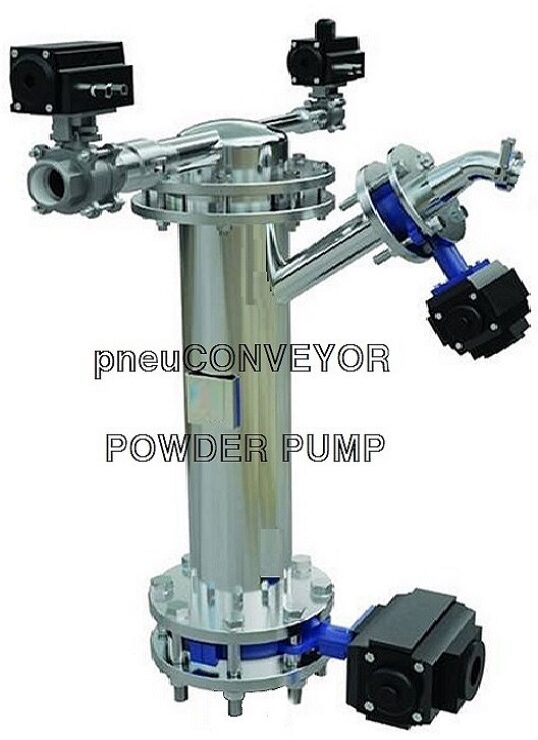what is the difference between dense phase and dilute phase :-
Dense phase and dilute phase are two types of pneumatic conveying systems used to move bulk solids through a pipeline or duct. The main difference between these two types of conveying systems lies in the density of the material being conveyed.
Dense phase conveying is a low-velocity, high-pressure system that is designed to move dense or heavy materials at low speed. In dense phase conveying, the material is conveyed in a continuous stream with a high material-to-air ratio, typically between 5:1 to 25:1. The material moves in slug form, and the air pressure required is usually between 1 to 6 bar (15 to 90 psi).
Dilute phase conveying, on the other hand, is a high-velocity, low-pressure system that is designed to move lightweight and free-flowing materials at high speed. In dilute phase conveying, the material is conveyed in suspension in a high-speed airstream, with a low material-to-air ratio, typically between 2:1 to 6:1. The material moves in a turbulent form, and the air pressure required is usually between 0.4 to 1.4 bar (6 to 20 psi).
In summary, the main differences between dense phase and dilute phase conveying systems are the density of the material being conveyed, the speed of conveying, and the air pressure required to move the material through the pipeline. Dense phase conveying is typically used for fragile, abrasive, or cohesive materials, while dilute phase conveying is typically used for non-abrasive and non-cohesive materials.

